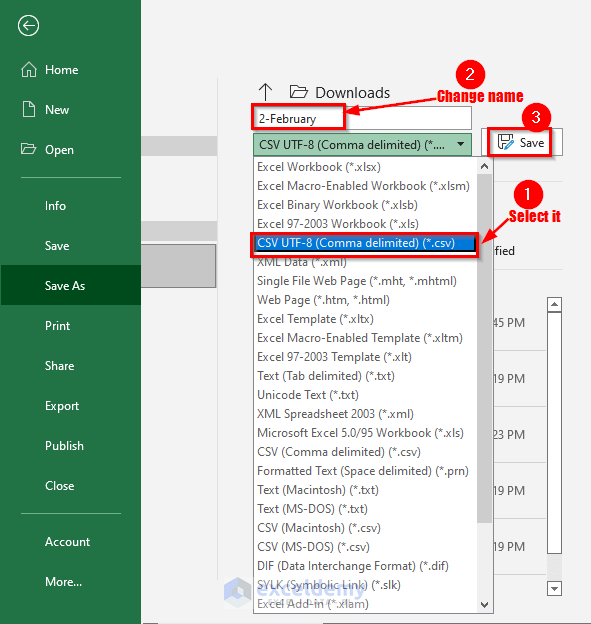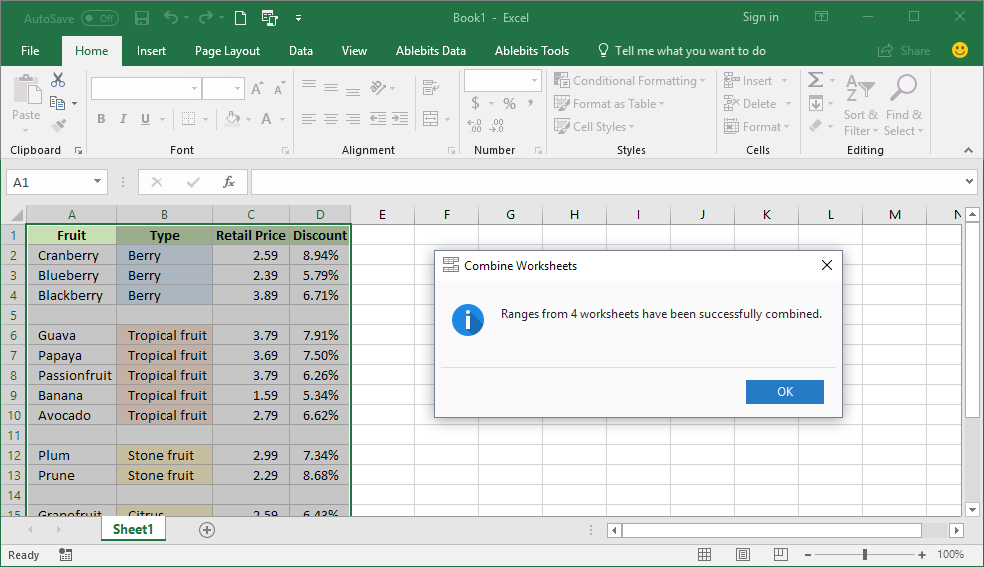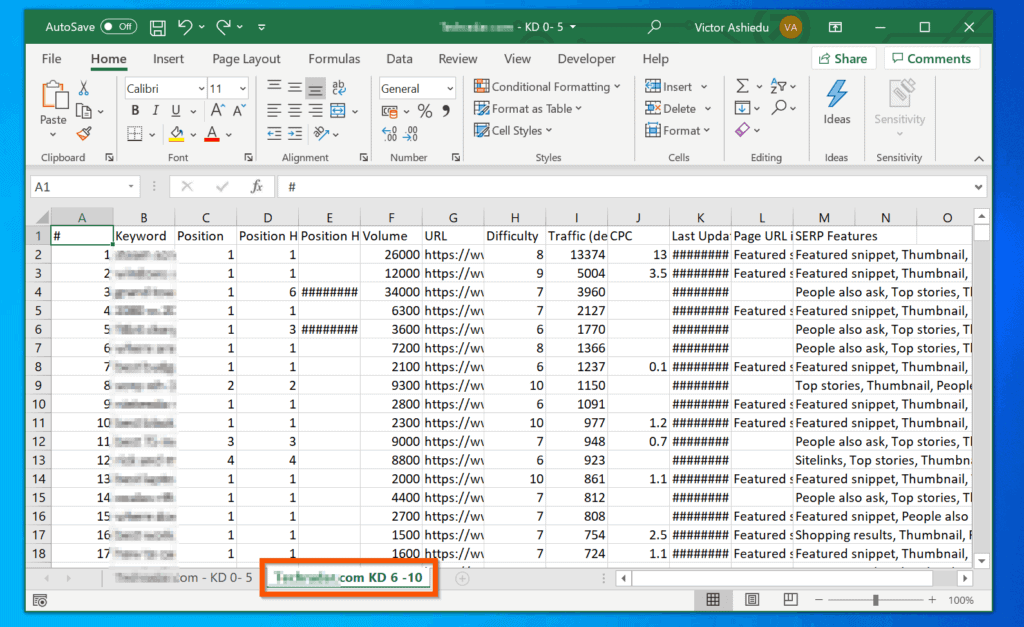Merge Excel Sheets: Simple Data Integration Tips

The ability to merge Excel sheets is a crucial skill in today's data-driven world, where efficient data management can make a significant difference in productivity and analysis. Whether you are consolidating sales figures from different regions, compiling survey data, or simply organizing your personal finances, understanding how to combine Excel spreadsheets effectively is invaluable. This blog post will guide you through the process, from basic to advanced techniques, ensuring you can seamlessly integrate data from multiple sources.
Why Merge Excel Sheets?

Before diving into the “how”, let’s explore the “why”. Merging Excel sheets allows you to:
- Consolidate data from multiple sources into one comprehensive file.
- Eliminate duplicate entries and streamline analysis.
- Create a master dataset for reporting and visualization.
- Reduce errors by updating data from various spreadsheets automatically.
Basic Methods to Merge Excel Sheets

There are several basic methods to combine data in Excel, each suited to different scenarios:
Using Excel’s Built-in Consolidate Feature

The Consolidate tool in Excel helps combine data from multiple ranges or sheets:
- Select the destination cell where you want the data to start.
- Go to the Data tab, click Consolidate.
- Choose the function like Sum or Average for how you want to combine the data.
- Select the ranges or sheets you wish to consolidate, then press OK.
Copy and Paste

While not the most sophisticated, this method works well for smaller datasets:
- Copy the data from the source sheet.
- Paste it into your destination sheet where you want the data to appear.
- Ensure headers align if you’re merging vertically.
VLOOKUP or INDEX-MATCH

These functions are perfect for horizontal merging:
- VLOOKUP: Use when your lookup value is in the leftmost column.
- INDEX-MATCH: More flexible, can look up values from any column.
⚠️ Note: VLOOKUP only looks from left to right. Consider using INDEX-MATCH for bidirectional lookups.
Advanced Techniques

For those looking for more dynamic solutions, advanced Excel features come into play:
Power Query

Power Query, now part of Excel, is excellent for data transformation and integration:
- Access Power Query from the Data tab.
- Select Get Data and choose your data source (e.g., Excel files).
- Merge Queries to combine data from multiple sheets or files.
- Use transformations to clean or format data before integration.
Using VBA for Custom Merging

Visual Basic for Applications (VBA) scripting provides ultimate flexibility:
- Open the VBA editor (Alt + F11).
- Write a macro to loop through sheets or workbooks, copying and pasting data as required.
💡 Note: VBA scripts can be complex but automate repetitive tasks exceptionally well. However, make sure to back up your work before running scripts.
| Method | Use Case | Complexity |
|---|---|---|
| Consolidate | Simple sum or average operations | Low |
| Copy & Paste | Small datasets, manual integration | Very Low |
| VLOOKUP/INDEX-MATCH | Merging horizontally with a lookup value | Medium |
| Power Query | Complex data transformation and merging | Medium to High |
| VBA Scripting | Automating complex integration tasks | High |

Having explored various methods to merge Excel sheets, you're now equipped with a range of techniques from basic to advanced. These approaches cater to different needs, offering flexibility in how you manage your data. Whether for business analytics, data consolidation, or personal organization, mastering these techniques can significantly streamline your workflow. Remember, the choice of method depends on your data volume, complexity, and the desired outcome of the merging process.
Can I merge sheets with different structures?

+
Yes, you can merge sheets with different structures using Power Query or VBA scripting. These tools allow for data transformation before integration.
What should I do if I get a #VALUE! error when using VLOOKUP?

+
The #VALUE! error typically occurs when VLOOKUP tries to look up a value that doesn’t exist in the table array. Ensure your lookup value exists in the source sheet.
How can I ensure my merged data remains updated?

+
For dynamic data updates, use Power Query to connect to your source files or consider using Excel Tables with named ranges, which can automatically update linked cells when data changes.



